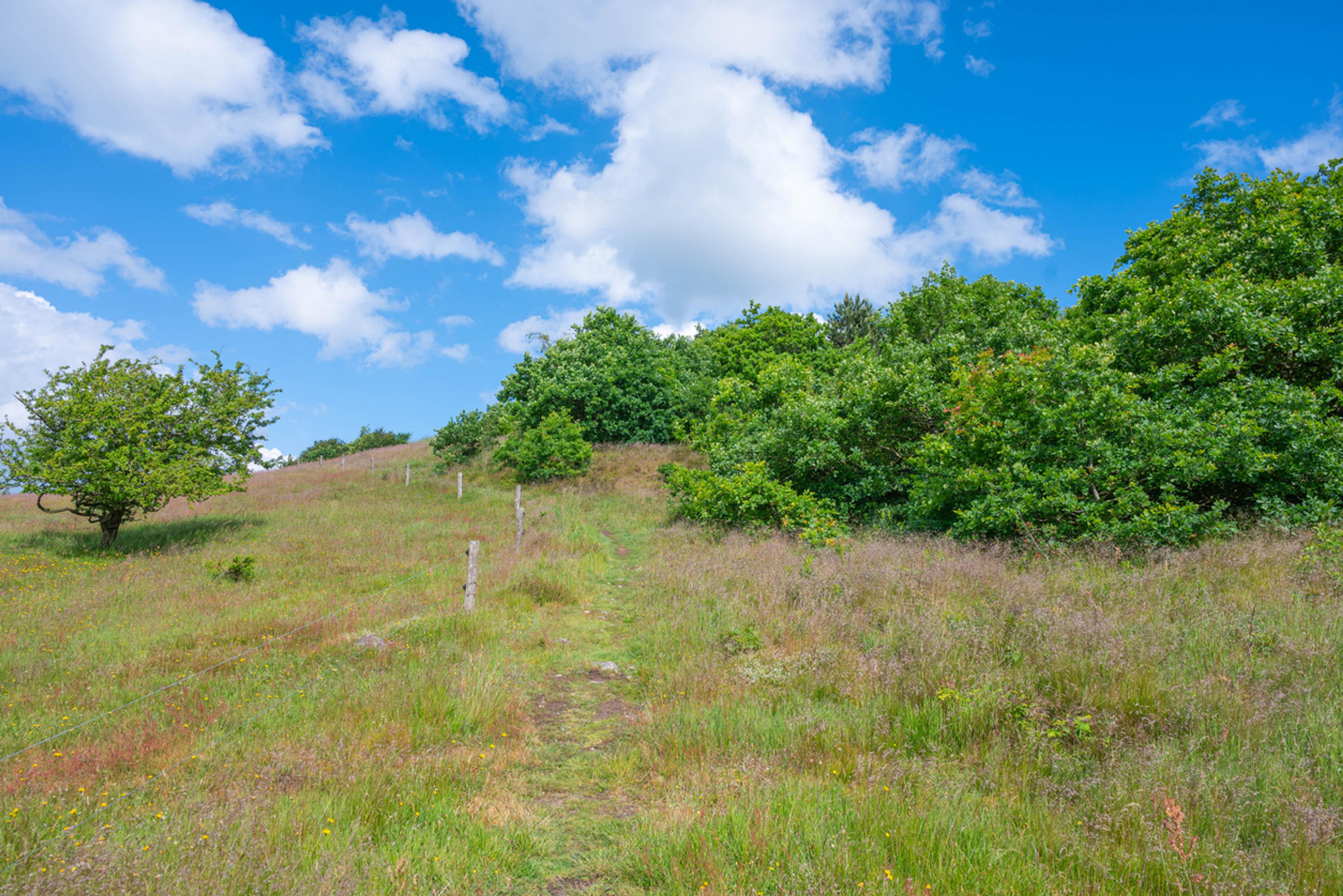By working across disciplines and sectors, the project has succeeded in recycling glass fibre from old turbine blades and using it in new ones – at full industrial scale.
Technology alone is not enough
If you want to make real progress in the green transition, focusing solely on technology is not enough.
That’s one of the key takeaways from DecomBlades – a project that has just been named Innovation Project of the Year for its groundbreaking work on recycling glass fibre from decommissioned wind turbine blades.
DecomBlades has tackled one of the wind industry's biggest headaches: how to recycle glass fibre in a way that creates real value and maintains material quality. And they’ve done it – not just as a lab experiment, but at scale. Recycled glass fibre is already being used in the production of new blades.
“This is huge.”
"A single technology can’t do anything on its own – that’s why it makes no sense to focus only on pyrolysis, which is what we specialise in at MAKEEN,” says Irene Bach Velling Villadsen, project lead at MAKEEN Energy. “We had to take the entire value chain into account.”
She explains that success depended on viewing the process holistically – from the moment a worn-out blade hits the ground, to how the recovered materials are transported, treated, tested, certified, and finally used in new blade production. The recycled fibres had to meet such high quality standards that they could be reintroduced into the very sensitive process of making new glass fibre blades – and they did.
“It’s a major milestone to have come full circle – and not least to get the ultimate green stamp of approval: installing the blades in a real wind farm,” she adds.
Full-scale in Taiwan
At Siemens Gamesa, Jonas Pagh Jensen, Head of Sustainability, sees huge value in the results:
“The potential here is massive – not just for us, but for the entire industry – because we now have a documented, scalable way to recycle glass fibre into new blades. We’ve received 40 tons of high-quality recycled glass fibre, which we’re now using to manufacture our 115-metre blades for Ørsted’s offshore wind project Greater Changhua 2b and 4 in Taiwan. This proves the technology works – in the real world and at full scale.”
The project brought together some of the most experienced and forward-looking players in the wind sector and was supported by the Innovation Fund Denmark.
Project partners in DecomBlades are Ørsted, LM Wind Power, Vestas, Siemens Gamesa, FLSmidth, MAKEEN Energy A/S, HJHansen Recycling Group, University of Southern Denmark (SDU), and the Technical University of Denmark (DTU).




